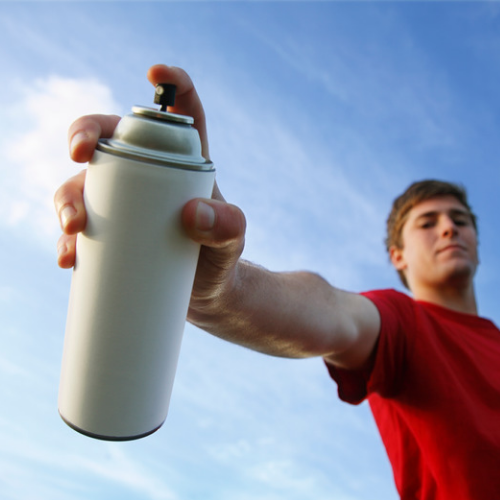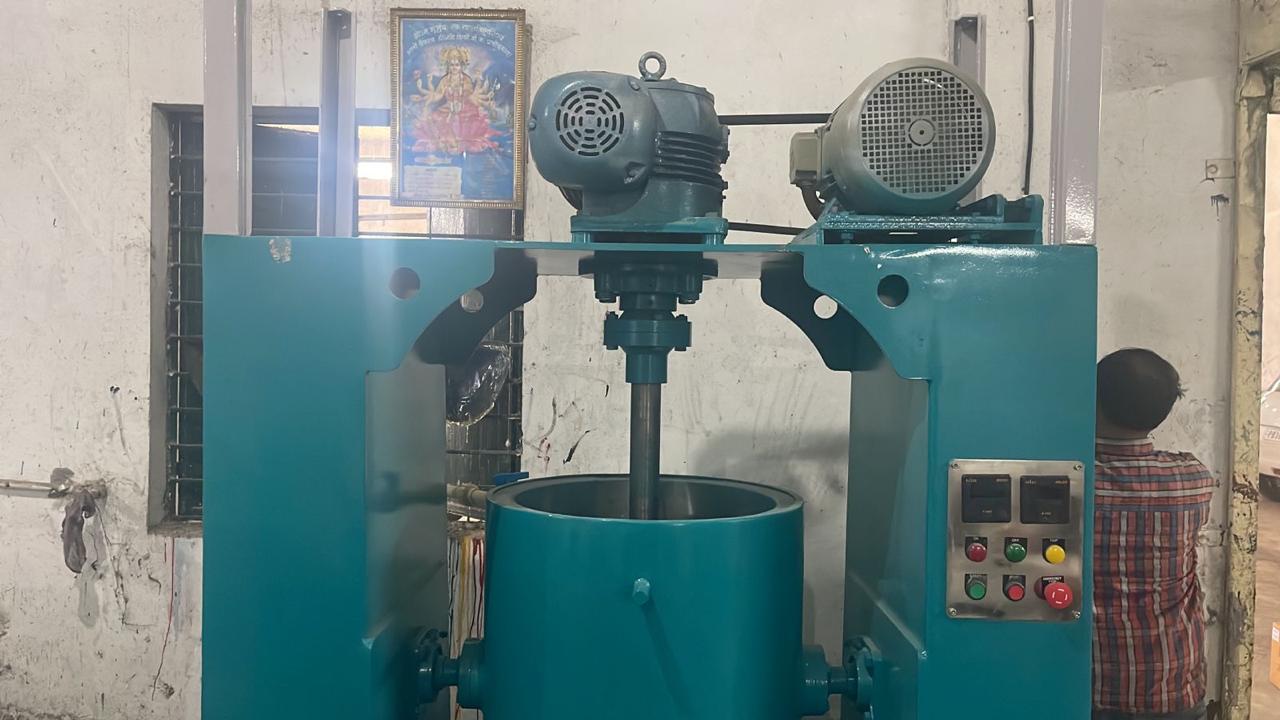
Aerosol spray paints are manufactured through a multi-step process that involves mixing and filling.
1. **Formulation**: This is the first step, which involves mixing pigments, solvents, and resins to create the paint. The pigments provide the color, the solvents make the paint sprayable, and the resins help the paint adhere to the surface. This mixture is thoroughly blended until it reaches a smooth consistency.
2.**Milling**: After formulation, the paint mixture may go through a milling process to further break down any pigment particles and to ensure that the paint is thoroughly mixed. This helps to ensure a consistent color and texture in the finished product.
3. **Quality Control Testing**: Before being filled into cans, the paint is tested to make sure it meets specific standards for color, viscosity, and other properties.
4. **Filling**: The aerosol cans are filled with the paint mixture. A machine pumps the paint into the can to a specific level. This level is less than the total volume of the can to leave room for the propellant.
5. **Adding the Propellant**: A propellant (often a liquefied gas like butane or propane) is then added to the can. The propellant is what forces the paint out of the can when the nozzle is pressed. The pressure from the propellant must be carefully calibrated to ensure the paint sprays correctly.
6. **Sealing**: After the propellant is added, the cans are sealed with a valve. The valve is crimped onto the can to create an airtight seal. The spray nozzle is then fitted onto the valve.
7. **Quality Assurance**: The final step is quality assurance, where the cans are checked for leaks and the spray paint is tested to ensure it performs as expected.Please note that this process can vary depending on the specific requirements of the paint, including the type of resins used, the choice of pigments, and the type of propellant. Also, safety precautions must be taken throughout the manufacturing process due to the flammable nature of the solvents and propellants used in aerosol paint.




